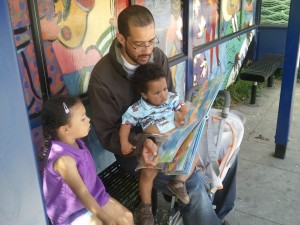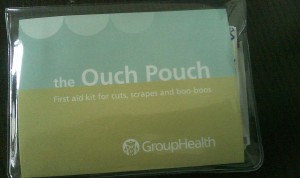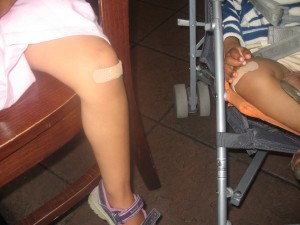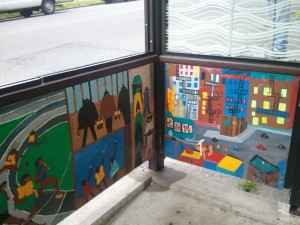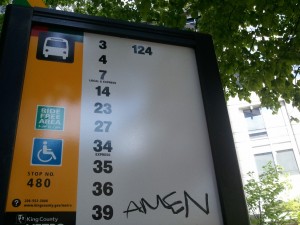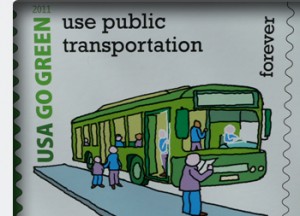If you’ve read this blog for any length of time, you probably know that I’m not a gadget person. I’m no Luddite (hey, I appreciate a useful tool as much as the next bus chick), but I’m no early adopter, either. I believe in using stuff “till the wheels fall off,”* if you’ll excuse the auto-inspired metaphor, and it feels wrong to get rid of something that works perfectly fine just because there’s something newerfasterbetter out there.
But folks, on Friday my Bus Nerd surprised me with a fancy new smart phone (which, by the way, he managed to obtain gratis), and I think I’ve found religion. Yes, I can use the phone to check e-mail and find restaurants and update my Facebook status and blah blah blah, but none of these is a good reason (in my book, anyway) to upgrade. What is a good reason? One Bus Away!
OBA makes an app for my fancy new phone, which means I am (finally!) able to experience its true power. I realize that this is old news for all you gadget geeks and hardcore transit nerds (Bus Nerd has to work not to roll his eyes every time I start a sentence with, “Did you know it can…?”), but bear with me. This is the best thing that’s happened in my bus life since I stopped experiencing motion sickness.
In the old days, checking bus times on my phone meant looking up a stop number or searching through a huge list of stop locations to find the one I needed. Most of the time, doing that work was more of a hassle for me than just waiting for the bus (and usually took just as long). Now that I have One Bus Away, I don’t have to do much more than tap my screen a couple of times. After I open the app, the GPS locates all the stops within a half mile of me, then tells me which routes stop there and which directions the buses are traveling. I click the stop I want, and it tells me how many minutes I’ll have to wait for each route. The end. The entire process takes less than 30 seconds.
The uses for this amazing (free!) application are almost innumerable. Some recent examples from my world:
Sunday, after church: It’s pouring. We’re close to missing the next 48 and don’t want to stand out in the weather for 30 minutes (or schlep kids + stuff +umbrellas back to the church building) if it passes the stop before we get there. OBA tells us that the 48 is three minutes late, which means we have time to make it. And we do.
Today, late morning: I have a meeting downtown shortly after the babysitter arrives at our house. I need to catch the next bus heading west, but the three options all serve different stops that are several blocks apart. I use OBA to determine my best option and make it to the stop seconds before the bus, which gets me downtown in plenty of time for my meeting.
I could go on, but I’m too lazy.
Every bus rider should possess this kind of power. Real-time arrival info at stops is helpful (Can we have this now, please?), as is real-time info in businesses and public buildings (using “transit appliances” like this one), but neither is as empowering as having the information at your fingertips.
I know I just said this about the 8 a few weeks ago, but I’m with Lily: One Bus Away has changed my life.
***
* For example: my laptop, which, after many years of regular use, has started making a frightening crunching/grinding sound every time I turn it on

